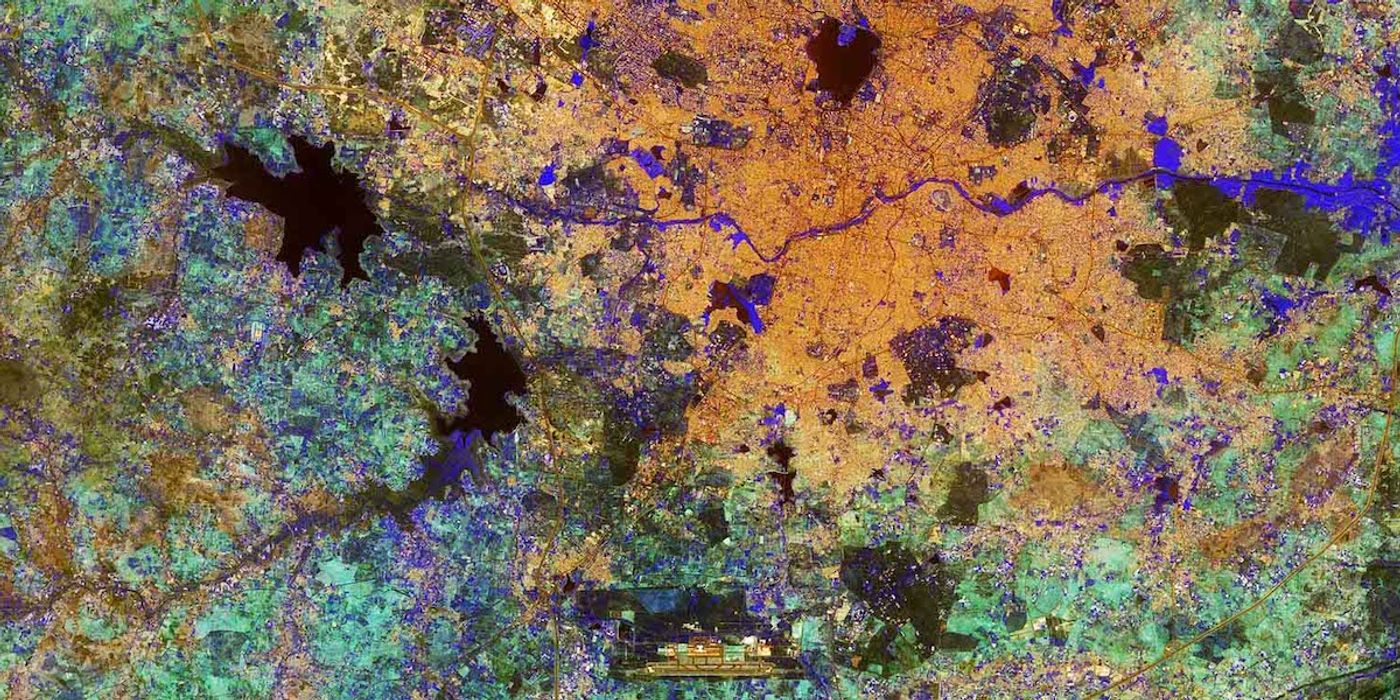Urbanization and Cardiometabolic Risk
A recent study by the Barcelona Institute for Global Health (ISGlobal) was the first to analyze the possible connection between urban development and cardiometabolic risks in a low- or middle-income country. Several studies have demonstrated the health benefits of green spaces; however, the topic has not been investigated in low- or middle-income countries.
ISGlobal coordinated with the CHAI Project (Cardiovascular Health effects of Air pollution in Telangana, India) to analyze the data on more than 6,000 people living in an area south of Hyderabad, India, which is currently undergoing rapid urbanization. They investigated the association between changes in land-use and cardiometabolic risk factors. Land-use changes were characterized as the conversion of natural and cropland areas to built-up areas. The cardiometabolic risks considered were hypertension, obesity, and hyperglycemia. The authors of the study also examined the possible mediating contributions to cardiometabolic risk of air pollution, physical activity, and stress in urbanizing areas.
The researchers analyzed the changes in land-use over 14 years in a 700 km2 area using satellite remote sensing data from Landsat missions. Further, air pollution levels were measured by the CHAI Project.
The study found a positive correlation between the rapid increase in urbanized land-use within 300 m of the individual’s home and all the considered cardiometabolic risk factors. When compared to individuals who lived in neighborhoods that did not undergo rapid urbanization, those that lived in urbanizing communities had had higher systolic and diastolic blood pressure, waist circumference, and fasting glucose values.
The study also concluded that women were more affected than men were by the reduction of green spaces. The authors of the study hypothesized that, since women spend more time at home than men, they are more affected by urbanization of their surrounding area.
The authors also said that “the study has shown that this association may, in part, be mediated by an increase in air pollution and a reduction in physical activity.” No association with stress, which was determined by a questionnaire, was found.
Cathryn Tonne, a researcher at ISGlobal, concluded:
“The findings of this study support the need to integrate health into urban planning to reduce the negative health impacts of urbanization, especially in cities or neighborhoods that are undergoing rapid land-use changes.”
Sources: EurekaAlert!, ISGlobal, CHAI Project, Environmental Health Perspectives









